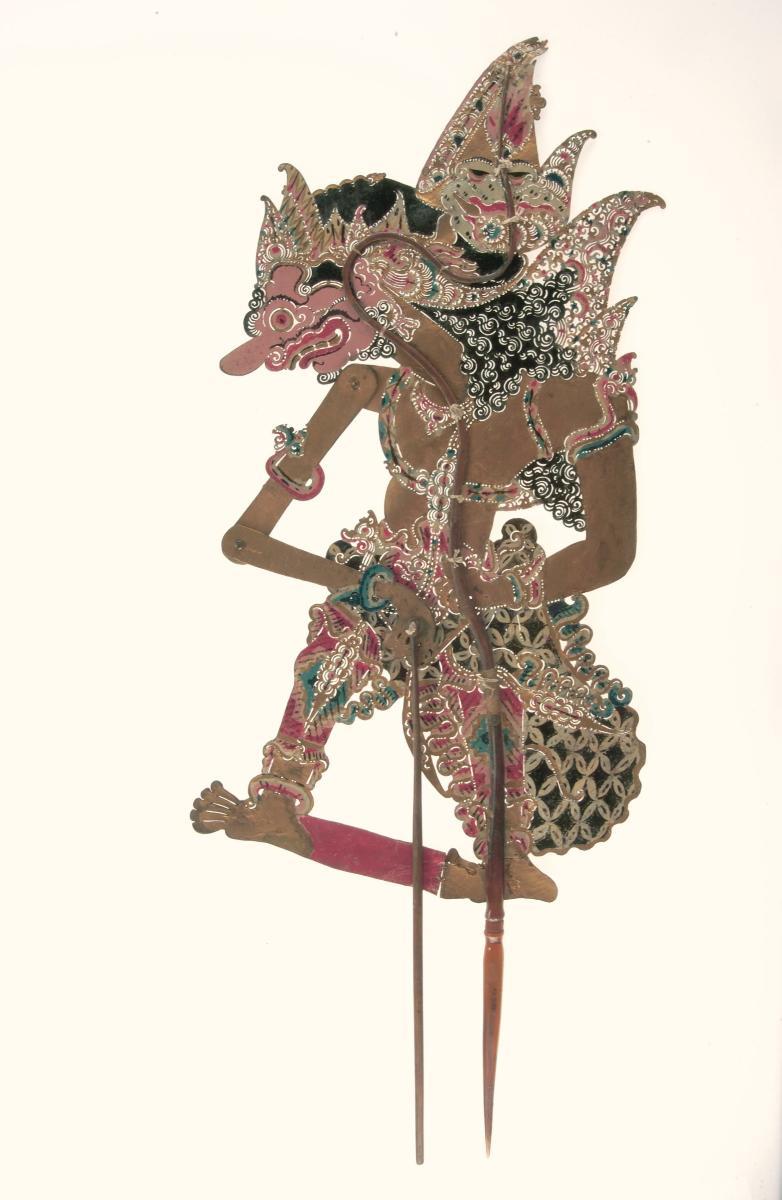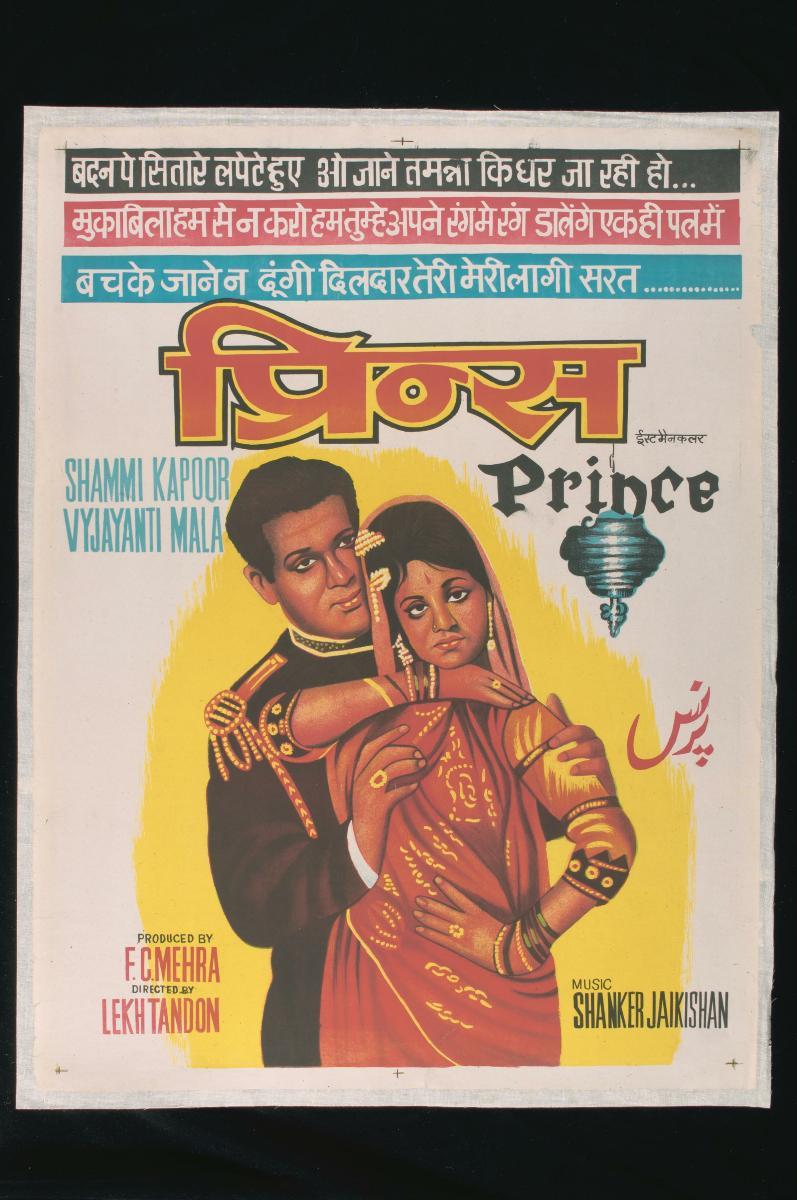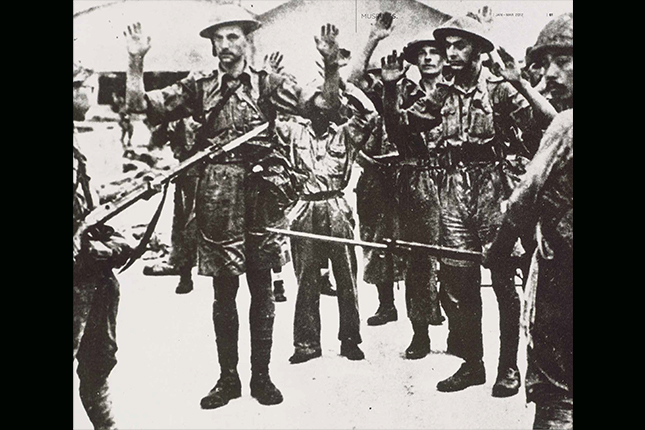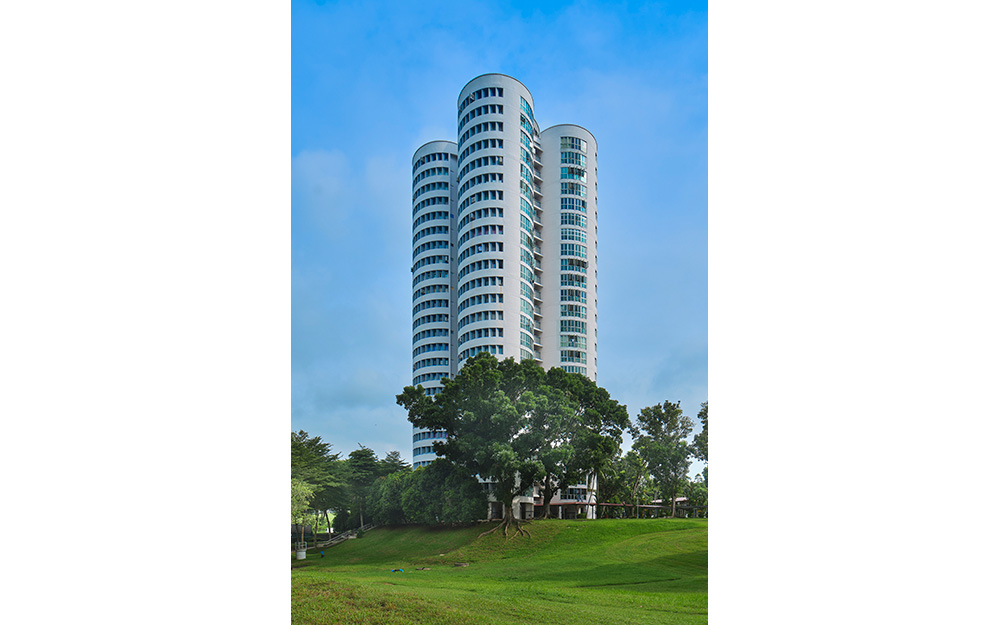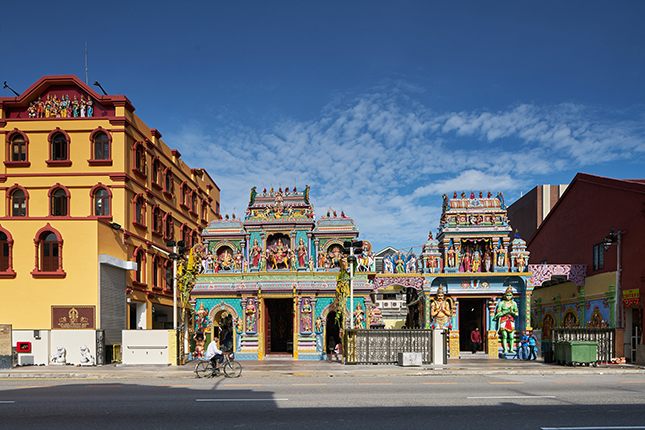Text by Vidya Murthy
Images © LIECHTENSTEIN, The Princely Collections, Vaduz-Vienna
BeMuse Volume 6 Issue 2 - Jul to Sep 2013
Art lovers in Singapore were treated in June 2013 to a display of stunning works from one of the oldest privately held European collections. They witnessed first-hand the sheer breadth and scope of the collection, gaining in the process and insight into the fine taste and aesthetic judgement of the patrons – the princes of the House of Liechtenstein. It was hoped that this exhibition would attract art lovers, students, and a wide section of the public including patrons and collectors. As the arts in our times are largely a source of speculative wealth, the Liechtenstein collection is a very rewarding source of inspiration for good taste and vision in acquiring art. The difference between an indifferent patron and a careful one is not just a matter of education, instinct, taste, or even sound judgement – but imagination. Whether the patron is an individual or a collective, public or private, an ideal supporter is willing to step beyond the confines of his or her own historical context and conventions. Such a patron can envision a far-reaching artistic programme that lasts for a few centuries. There have been examples of such bold patrons in both South Asia and East Asia, too. Despite the personal glorification that is an inherent motivating factor of such enterprises, one can only marvel at the results in, for example, the vast temple complexes of India or the intricate decorative sheets of the Mughal Hamza Nama.
Collections of refinement
Prince Johann Adam Andreas I (1657-1712) was one such astonishing patron. At age 27, he became the head of the family and during the next 28 years (r.1662-1712), the Prince expanded the family’s wealth and acquisitions. He purchased lands including the present principality of Liechtenstein, properties, embarked on building projects, commissioned artists and acquired works – all of which have given the Princely Collections their richly deserved status and recognition. He was influenced by his father Prince Karl Eusebius (1611- 1684), a dedicated collector who did much to give a definite orientation to the collections. He was also the author of two didactic works, which in English read as “Treatise on Architecture” and “Princely Education: Instructions for Life, Lifestyle and Collecting.” Prince Johann Adam Andreas was educated in philosophy and also went on a Grand Tour in which he specially studied Italian art. He would use this knowledge and understanding to grow his collections.

Acquired by Prince Johann Adam Andreas I from the artist, diameter 7.28 cm.
The historic context in which Prince Johann Adam Andreas lived and acquired played an important role in shaping his tastes and decisions. After the Turks were expelled from Vienna in 1683, the leading aristocrats including the House of Liechtenstein became the major art patrons and were responsible for turning Vienna by 1700 into a Baroque city, which began to attract numerous artists. During this time many Italian artists sought support from the elites in German-speaking lands, as there was also a decline in papal patronage especially in Rome. Thus, as a leading patron and collector, Prince Johann Adam Andreas played a major role in fostering Baroque art in Europe, particularly Vienna.
The Prince left his mark in the two Baroque palaces that he built in Vienna. One was a City Palace and the other was the Summer or Garden Palace in Rossau, then outside the city. He bought land in 1687 and planned for a large palace with extensive gardens. The Austrian architect Johann Bernard Fischer von Erlach (1656-1723) provided the overall concept, which included a country-style residence, a belvedere, and a Baroque garden linking the two. Eventually, two Italian architects, first Domenico Egidio Rossi (1678-1742) and next, Domenico Martinelli (1650-1718), were hired to complete the building.

The Prince took great interest in the decoration of the rooms and for this, he carefully chose painters, sculptors, and decorators. Towards this end, he maintained a wide network of artists and dealers and corresponded with major cultural centres such as Bologna, Florence, Rome and Venice. For decorating the five rooms in the Garden Palace overlooking the garden, he sought the services of the Bolognese artist Marcantonio Franceschini (1648-1729).

It should be noted that the Garden Palace was the sum total of the Prince’s grand vision – a dwelling in which the tastefully decorated interiors were matched by the exteriors with gardens and statuary. The most fascinating documents are the correspondences between the Prince and the artist. It was a patronage that lasted from 1691-1709, in which the Prince commissioned works and sought advice on purchasing of works. The thoroughly documented exchange includes 159 letters (written in Italian) that illustrate the choices of the patron, the artist’s preference, details of payment, and mode of transporting the works. Over a history of over 500 years, each Prince has left a distinct imprint of his taste and temperament. Today the Princely Collections represent a showcase of diverse individual choices. As early as 1400, Gerog von Liechtenstein (c.1360-1419) was reputed for his art commissions. The first major patron was the first hereditary prince, Prince Karl I (1569-1627) who was fond of collecting decorative objects. While Prince Karl Eusebius (1611-1684) created the artistic nucleus of the collections, it was, as we have seen, further enriched by his visionary son, Prince Johann Adam Andreas I (1657- 1712). Subsequent princes have nurtured the collections with care by continuing to purchase art works and protecting their inheritance through dangerous times such as war. Today the Princely Collections, although privately held, are a testimony to the rich collective cultural heritage of European thought and patronage.

Commissioned by Prince Karl I in 1620s.
A showcase of Baroque art
The exhibition at the National Museum of Singapore, consisting of 91 works, was organised in several sections. Opening with a section on the House of Liechtenstein, it introduced the visitors to the royal family, its princes, their various palaces and a range of decorative objects they commissioned and collected. The rest of the display followed a western art-historical trajectory beginning with the Renaissance era. The art of the Baroque, which forms the bulk of the display, was organised along examples from the southern and northern Baroque. Dedicated sections on Jan Brueghel the Elder (1568-1625) and Peter Paul Rubens (1577-1640) – the latter being the highlight of the exhibition – enrich the display.

Acquired by Prince Alois I in 1787.
Baroque art, a pan-European style spanning 1600 to 1750, is largely an art for the senses. Having emerged in the age of religious conflict between Catholics and Protestants, Baroque art is not uniform but marked by regional and cultural variations – examples of which could have been seen in the exhibition. The most important 17th century Baroque artist, Peter Paul Rubens, was represented with eight works including two drawings or modelli. Rubens’s extraordinary gifts can be seen especially in the highly expressive Lamentation (1614/1615), a painting that moves us to tears.

Acquired by Prince Johann Adam Andreas I in 1710.
The distinct themes of stilllife, portrait and genre painting, which received much attention in the hands of the northern Baroque artists are all illustrated through the works of Jan Davidsz. de Heem (1606-1684), Frans Hals (1582-1666) and Adriaen van Ostade (1610-1685).

Acquired by Prince Hans-Adam II in 2006.
The social practice of the Grand Tour, which lasted from late 16th century through the mid-19th century, gave rise to numerous art patrons and collectors and nurtured in them a fine connoisseurship. More importantly it fostered the talents of view painters such as Canaletto (1697-1768) and Giovanni Paolo Pannini (1691-1765). (Also known as vedutisti after the Italian term for view or veduta, view painters created large, highly detailed paintings of cities and other scenic vistas).

Acquired by Prince Hans-Adam II in 2003.
Finally the short-lived distinct art of the Biedermeier (1815-c1848) – a realist movement that emerged in the German-speaking regions, is introduced through the work of Ferdinand Georg Waldmuller (1793-1865).

Acquired by Prince Hans-Adam II in 2009.
A colonial counterpoint
The Art of Portraiture: Historical Paintings from the National Collection was a complementary exhibition featuring 16 artefacts illustrating diverse representational modes. An integral part of the National Museum of Singapore’s historic legacy; many of the works belong to the colonial era. More importantly, several of the paintings reveal their links to the grand British portrait painting tradition, which set the model for representing statesmen, elite personalities and people belonging to a higher social class – an influence that was carried into its colonies and well into the 20th century. Having had an assured patronage from both the royalty and the landed gentry, the fine art of British portraiture was formed largely by continental painters such as Han Holbein the Younger (1497-1543), Anthony van Dyck (1599-1641) and Peter Lely (1618-1680). The compositional modes they set were further expanded and even modified by the premier artist Sir Joshua Reynolds (1723-1792), the first President of the Royal Academy of Arts (1768) – the leading arbiter of taste in the 18th century. The American expatriate John Singer Sargent (1856-1925), who settled in London, brought a dashing elegance to his realist depictions. He showed what portraits are really all about – an art of flattery. The oil portraits belonging to the National Museum of Singapore together reveal different artistic persuasions – grandness of vision, idealisation, and a realism. Of particular interest is the range of artists who produced these paintings. They include established artists trained in the Royal Academy, itinerants in colonial Malaya, amateurs and the feted Singapore artist, Lim Yew Kuan (b.1929).
The Principality of Liechtenstein
One of the smallest European states, Liechtenstein is situated between Austria and Switzerland. It is governed by the House of Liechtenstein which is an Austrian dynasty of rulers. They derived their name from Castle Liechtenstein south of Vienna and applied it to their present territory after the estate became an imperial principality in 1719.
The modern history of this dynasty begins with Prince Karl I who became the first hereditary prince in 1608. By the second decade of the 17th century the House of Liechtenstein were closely tied to the Habsburgs. Prince Karl I’s grandson, Prince Johann Adam Andreas I purchased the territories of Schellenberg and Vaduz in 1699 and 1712, which were affirmed with the rank of Imperial Principality of Liechtenstein. After Prince Johann Adam Andreas I died without a male heir, the title went to Anton Florian, who was a descendant of Gundaker, Prince of Liechtenstein and this line continues till today. With Prince Franz Joseph II (1906–1989) moving to Vaduz in 1938, it became a permanent residence of the ruling princes. Liechtenstein became a constitutional monarchy in 1921 and the town of Vaduz has been the permanent residence of the ruling Princes since 1838.
In 1989, Prince Hans-Adam, who succeeded Prince Franz Joseph II, worked towards making his country a part of the United Nations in 1990. Now it is the 160th and smallest member of the UN. The Principality is the 4th smallest state in Europe and covers a 62-square mile area between Switzerland and Austria. It is highly industrialised, has an export-oriented economy and offers a hospitable atmosphere for business.
Vidya Murthy is Curator, National Museum of Singapore





